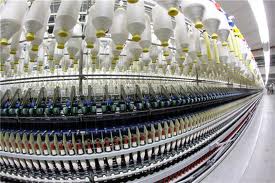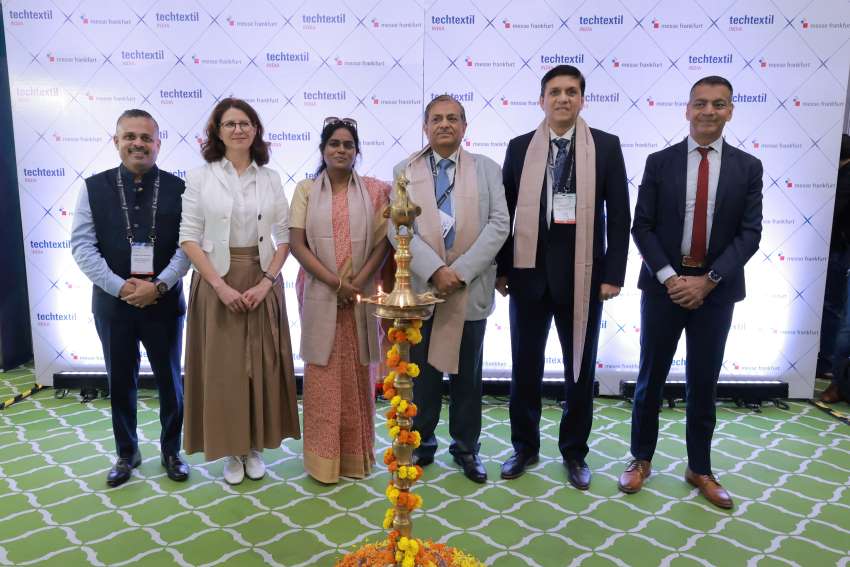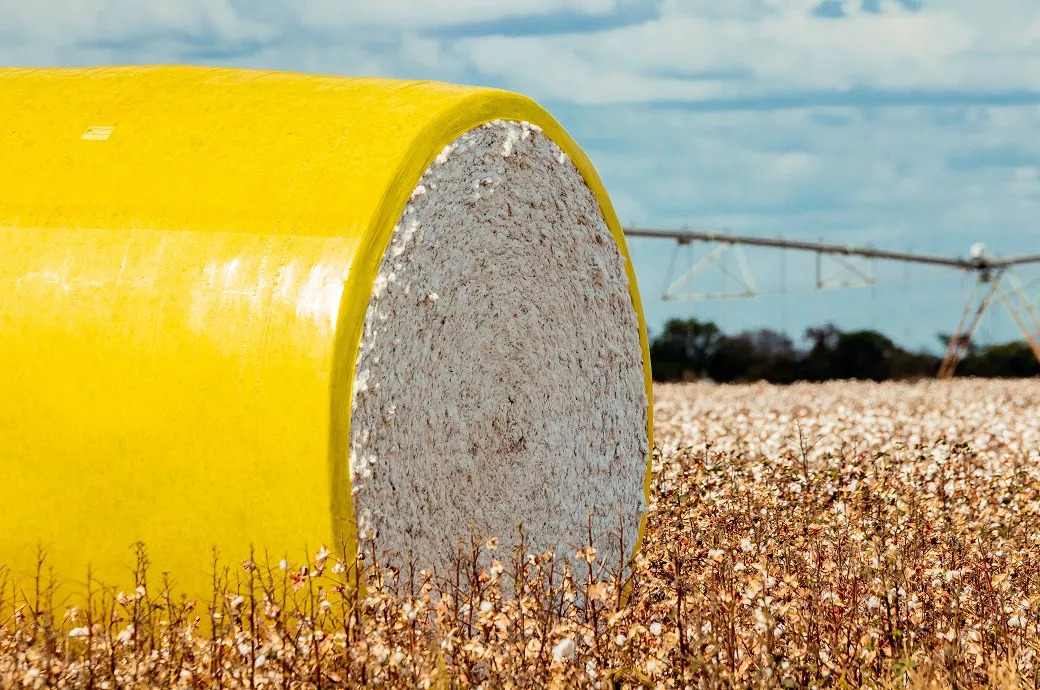 US the world's third-largest supplier of yarns after China and India is consolidating its position further in the global market. What's helping the industry are factors like falling energy costs, easy access and proximity to ports, high-quality raw cotton and local subsidies on production. In fact, these factors are luring several domestic as well as Chinese and Indian investors to the US spinning and weaving sector.
US the world's third-largest supplier of yarns after China and India is consolidating its position further in the global market. What's helping the industry are factors like falling energy costs, easy access and proximity to ports, high-quality raw cotton and local subsidies on production. In fact, these factors are luring several domestic as well as Chinese and Indian investors to the US spinning and weaving sector.
Consumption of products manufactured in the US has been increasing and domestic  spinners are taking advantage of regional trade pacts that offer preferential duty treatment on finished products made with US materials. For instance, companies like Gulf Coast Spinning is investing $130 million in a facility in Louisiana and casual clothing and underwear maker Gildan Activewear has already announced its plans of ramping up its yarn-spinning facilities in the US over the next two years. China's Keer Group plans to invest $218million in setting up its first textile plant in South Carolina to make industrial cotton yarn. And Indian textile major Shrivallabh Pittie Group is investing $70 million to build its first US facility in Georgia to manufacture carded cotton yarn.
spinners are taking advantage of regional trade pacts that offer preferential duty treatment on finished products made with US materials. For instance, companies like Gulf Coast Spinning is investing $130 million in a facility in Louisiana and casual clothing and underwear maker Gildan Activewear has already announced its plans of ramping up its yarn-spinning facilities in the US over the next two years. China's Keer Group plans to invest $218million in setting up its first textile plant in South Carolina to make industrial cotton yarn. And Indian textile major Shrivallabh Pittie Group is investing $70 million to build its first US facility in Georgia to manufacture carded cotton yarn.
Meanwhile, domestic players are chalking out plans to offer US-made products to customers. For example, US manufacturer Buhler Quality Yarns has chosen to invest its cash fully in domestic market instead of sourcing from Asia. The company currently operates around 32,000 spindles in the US. North Carolina-based Burlington Industries is another company with bulk of its manufacturing facility in the US. It has two facilities in China, three in Mexico and seven in the US. Most of the companies believe that increasing manufacturing base in the US is inspired by the fact that the economy needs a boost and also players can be sure of the product quality.
However, experts believe even as the US yarn market continues to take shape, in the coming years, emerging economies of Asia will showcase a better potential. The reason being as their economies grow their consumption of cotton will also increase, while for America to become a manufacturing hub, will take many more years.
Gildan.com












